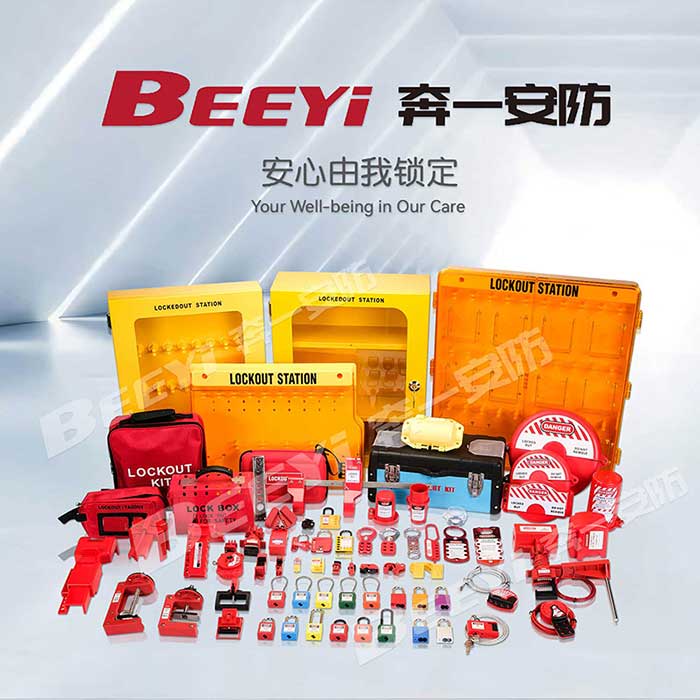In industrial settings, where workers are exposed to heavy machinery, high-voltage electrical systems, and complex equipment, ensuring safety is of paramount importance. One of the most effective ways to protect employees from accidental injuries during maintenance or repair activities is through the use of safety lockout padlocks. These essential tools are part of a broader safety protocol known as lockout/tagout (LOTO), designed to prevent the accidental release of hazardous energy while servicing machinery. This article explores the role, significance, and features of safety lockout padlocks, emphasizing their critical importance in maintaining a safe working environment.

What Are Safety Lockout Padlocks? Safety lockout padlocks are specialized locks used to secure energy-isolating devices, such as valves, switches, or circuit breakers, during maintenance or repair operations. These locks ensure that hazardous energy sources are properly isolated and cannot be accidentally re-energized while the worker is in the process of servicing or working on the equipment. The purpose of these locks is to prevent injuries caused by unintentional machine startups, electrical shock, or the release of stored energy. Key Features of Safety Lockout Padlocks Visibility and Color Coding: Safety lockout padlocks are typically brightly colored—commonly red or yellow—to ensure they are highly visible. This visibility is crucial in an industrial environment where workers need to quickly identify locked-out equipment. Color coding also allows for easy identification of which lock belongs to which worker, ensuring clear ownership of lockout devices.